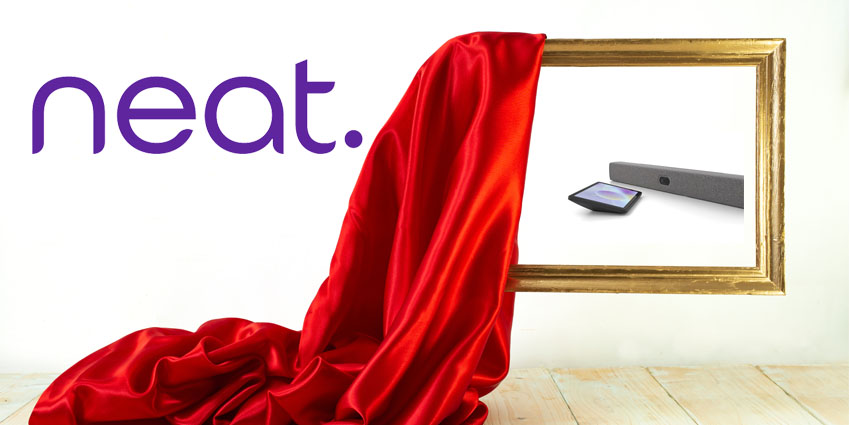The telephone is one of technology’s great survivors. 140 years after the first patent was granted on a device that could transmit voice over distance, we have any number of software driven digital alternatives to choose from.
Yet, in business, the desktop telephone remains a vital telecommunications tool.
Today’s telephones are very different to those invented by Alexander Graham Bell. In order to survive, to stay relevant, the technology has had to adapt, most notably in the last two decades. Cordless, VOIP and mobile have all transformed telephony to keep it competitive in an age when computers can do the same job.
But with the advent of mobile in particular, it is surprising just how well the traditional desktop telephone continues to fare. Figures from TMR suggest the VOIP market will double in value between 2013 and 2020, on the strength of a preference for phone-to-phone and phone-to-computer communication. According to Ofcom, 95 per cent of SMEs in the UK even still use legacy PSTN landline systems.
Desk phone versus Softphone?
Part of this may be generational, as people of a certain age are used to their voice devices looking, feeling and operating in a certain way.
But another part of it is down to performance. There is still the strong feeling that, when it comes getting clear audio and reliable reception for those business critical communications, you need a hard wired telephone. That is why DECT has fended off challenges from WiFi enabled cordless phones. That is why most businesses still choose an ethernet connected VOIP network in the office as well as a fleet of mobile phones. One works for convenience, the other for serious business conversations.
The question is, what happens when mobile, software based and cloud enabled devices can deliver real time voice at quality levels to match IP-based or fixed line PBX? What happens when the smartphone and tablet generation, who have very different expectations about how voice enabled devices look and work, become the majority? Or are we already there? (comment below)
Transition
At present, we seem to be at a midpoint between two points. Vendors are increasingly developing hybrid models blending the features traditional desktop telephony with those of mobile. Mitel’s MiVoice 6940 IP Phone takes this to a logical extreme by pairing with a user’s mobile, so contacts can be shared between the two and calls answered on either.
NEC’s UT880 combines a typical desktop telephone with an Android tablet, pairing high quality VOIP with a multiline SIP client to provide full UC functionality. Similarly, Unify has launched a full range of SIP-based devices, the OpenScape Desk Phone CP family. These traditional looking desktop phones allow simple pairing with other Unify Circuit, smartphones and tablets via Bluetooth.
Finally, Avaya’s Vantage focuses not so much on integrating desktop with mobile as merging comms with broader enterprise operations. A telephone handset with an all glass touchscreen, Vantage runs Avaya’s new Equinox client application, which has been built on its Breeze workflow SDK. Fully customisable, Equinox allows users to add apps of their choosing to their Vantage module, meaning they can bring up files, reports and records and send emails at the touch of a screen as they make calls.
Will the UK market eventually replace the desktop phone with a softphone solution? Have your say below.







